Many thanks to SWLing Post contributor, TomL, who shares the following guest post:
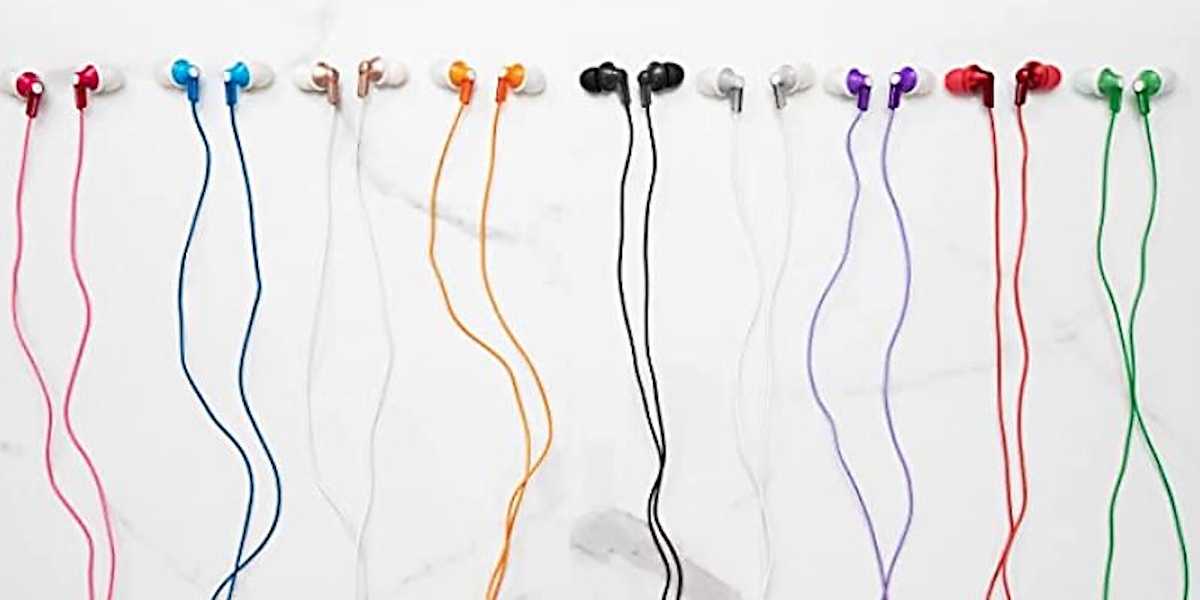 Earbuds for Shortwave Listening
Earbuds for Shortwave Listening
by TomL
A few years ago I had bought the discontinued Sennheiser MM 50 earbuds for a cheap price on Amazon to use in my various radios. The portable radios in particular can use more fidelity because of their small, raspy speakers. I also like to listen without bothering others around me who might not want to listen. And earbuds are a LOT more comfortable for my ear lobes than any over-the-ear headphones I have ever used. Furthermore, the old Apple iPhone 4 earbuds were very harsh to listen to. However, a trade-off is that, generally, earbuds are somewhat fragile; one of the two pairs of MM50’s died through mishandling.
I was generally happy with them while listening to Shortwave broadcasters with a mix of news/talk and music. I especially liked them on Mediumwave listening; stations can sound surprisingly good when playing music. Then I tried using these earbuds on my Amateur Radio transceiver, a Kenwood TS-590S. I was impressed how clear they sounded with a lack of distortion, although there was too much bass. Fortunately, Kenwood supplies USB connected software with an TX & RX 18 band EQ (300 Hz spacing, not octaves).
Here is a frequency response chart I found from Reviewed.com for this model:
One of the notable things about these earbuds is the total lack of distortion. Most likely one of the reasons they sound so clear on Shortwave, which has many LOUD audio spikes.
I had not wanted to get Bluetooth earbuds. However, I had recently upgraded my cell phone and NO headphone jacks anymore! So, while I do not use Bluetooth yet for radios, I can see a time in the future to get a Bluetooth transmitter to plug into a radio with a headphone jack. I am reluctant since I do not like having to recharge my earbuds and I put in a lot of radio listening time. Am I supposed to buy two Bluetooth earbuds and swap while charging? Maybe in the future. And also, am I supposed to buy a Bluetooth transmitter for every non-Bluetooth radio I own? Not likely gonna happen.
In the meantime, I ordered cheap wired earbuds from Amazon. I had a $5 credit for trying Prime, so when I saw these Panasonic ErgoFit wired earbuds (RP-HJE120-K) for slightly over $10, I said to myself, “why not?”. Supposedly wildly popular, they are one of the most rated products on all of Amazon with 133,821 ratings/opinions (perhaps Russian bots?!?!?).
Here is a frequency response chart from ThePhonograph.com for these Panasonic earbuds:
You can see comparatively that the bass response in the very good Sennheiser MM50’s is much stronger, being good music earbuds. But for voice articulation, not as much, even though they have no distortion. The Panasonic ErgoFit’s have more modest bass, less of a dip in the lower midrange audio frequencies, and more importantly, has a peak near 2500 Hz and its harmonic 5000 Hz. The highest highs are also modest compared to the Sennheiser model. This general frequency response to “recess” the bass and treble frequencies and peak the 2500 Hz is very useful for voice intelligibility.
As described by the famous speaker-microphone-sound-system maker, Bob Heil relates what he learned from the scientists at Bell Labs many years ago. Speech intelligibility is enhanced when audio is compensated for our natural human hearing. Equalizing below 160 Hz, reducing the 600-900 Hz region, and peaking the 2000-3000 region centered at 2500 Hz will increase intelligibility dramatically. The story goes that Bell Labs was tasked by parent AT&T with finding out why the earliest phones in the 1920’s sounded so muffled and hard to understand. After many experiments, the scientists found the most important frequencies for our ears + brain to comprehend speech. In other words, our ears are not “EQ-flat” like a scientific instrument is.
So they over-compensated for our natural lack of hearing in certain frequency ranges. That is why telephones sounded constricted, especially the old landline dial telephones that were processed through analog Central Office switches. These large switches were essentially person-sized cabinets full of many relays, mechanically and electrically connecting one person’s phone call to another on the other side of the country in just ten’s of milliseconds! The extra complication of compensating the audio frequencies was done with old fashioned resistors and capacitors. Quite a system and very reliable. Here is a link if you want to hear it from Bob himself:
Click here to view on YouTube.
If your curiosity is stimulated, here is a long interview about Bob’s utterly fascinating life hosted by Ted Randall on WTTW in 2017:
It is not possible to demonstrate what I hear with various earbuds. So, here is a subjective description comparing the two earbuds in question.
Bass:
As expected, the Panasonic earbuds have a very laid-back bass but not completely lacking. It does EQ very well but low end bass is still lacking.
The Sennheiser earbuds sound well rounded and strong without too much boominess.
Midrange:
The critical midrange for voice is optimized in the Panasonic earbuds although not perfect since this still is a general purpose product. Some tweaking of the EQ in the Kenwood radio revealed a little more middle midrange with a tiny amount of boost at 2500 Hz to hear some better articulation of syllables. It can be pushed too hard, which results in a spiky type of distortion with sudden, sharp, loud sounds. The lower midrange actually needed more boost. Too much EQ led quickly to “boxy” sound around 1 kHz and below.
The Sennheiser was a little muddy for voice and I had gotten used to over-EQing the midrange. Music sounded well balanced and appropriate for various types of music. The Panasonic had a much more distinct midrange, even “bright” compared to the Sennheiser.
Treble:
Panasonic was a little soft in the treble, the highest frequencies. These are not so important in most listening situations. Most Mediumwave and Shortwave listening is only up to about 6 kHz on the best of transmitters. So, there might not be much of an apparent difference between this and the Sennheiser earbuds when listening to these types of source material.
Intelligibility:
Voice clarity was better on the Panasonic although sometimes I heard some loud spiky distortion. The Sennheiser’s just did not have any distortion. If there was, it came from the radio, not the earbuds. This is a hard one to judge depending on the type of listening. If I am trying to hear a faint voice in a loud static filled soundfield, whether it is a Ham radio operator or a shortwave broadcaster from overseas, I would favor the Panasonic. I might switch to the Sennheiser if it were, say, an hour long broadcast because it is less fatiguing.
Dynamic Range:
Sennheiser handled loud changes better and did not sound as compressed as the Panasonic earbuds. The Sennheiser’s “breathed” better, if that makes sense.
Summary:
Bottom line, for voice-only listening, the Panasonic earbuds win overall. The Kenwood EQ worked well with the Panasonic, especially to tame the sharp spiky distortion, but it does have a slightly harsher sound, as well as a much more “compressed” and “bright” sounding midrange compared to the Sennheiser. However, there are times when the voice quality is nice to listen to on the more music-oriented Sennheiser. I definitely liked listening to music with the Sennheiser, especially to a high quality transmitter on Mediumwave like WSM in Tennessee or CFZM (Zoomer Radio) in Toronto. Music sounded smooth and if the signal was steady, distortion free. Panasonic with music was very uninspiring.
Here are my settings in the Kenwood EQ software:
Listening with Panasonic earbuds to Ham radio or voice-only broadcasts
Listening with Sennheiser earbuds to strong Mediumwave broadcast with music
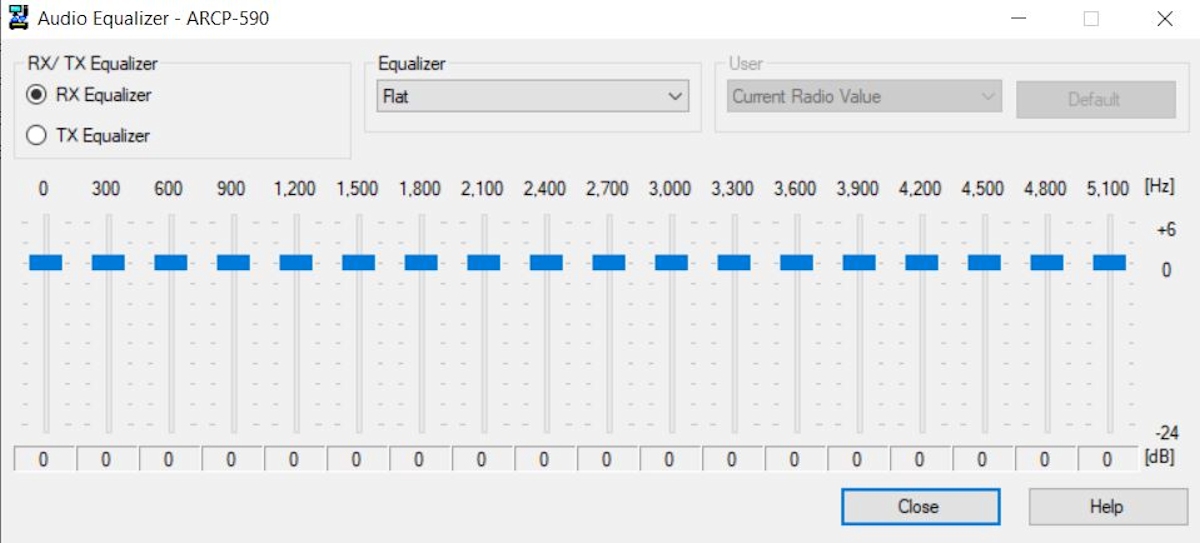 Do you have different earbuds for different types of radio listening? Let others know in the Comments below.
Do you have different earbuds for different types of radio listening? Let others know in the Comments below.
Happy Shortwave Listening,
TomL
Endnote #1:
Since I am not buying a Bluetooth transmitter for every audio device I have, in terms of Speaker listening, I have decided to funnel all mono-audio radios through one Bose SoundLink Mini powered speaker (which just happens to be a Bluetooth device) to its AUX input jack. Old fashioned wiring still works and is cheaper! 🙂
Endnote #2:
I stumbled upon a very nice explanation how to use Single Side Band (SSB) to listen to voice transmissions (ECSS). It is another way to get another ounce of clarity from noisy AM and shortwave radios. Some radios are not good listening on SSB (because of bad AGC implementation) or do not have SSB. But if you have a radio with SSB, try it on a moderately weak AM-mode transmission. When done right, the clarity kind of pops-out at you if you have dialed-in the frequency correctly. It might even sound too quiet. The Kenwood transceiver can tune down to 1 Hz in SSB and now sounds just as good (for voice) as any of my other portable radios that do not use SSB. And music is not as boomy sounding. Here is the YouTube link:

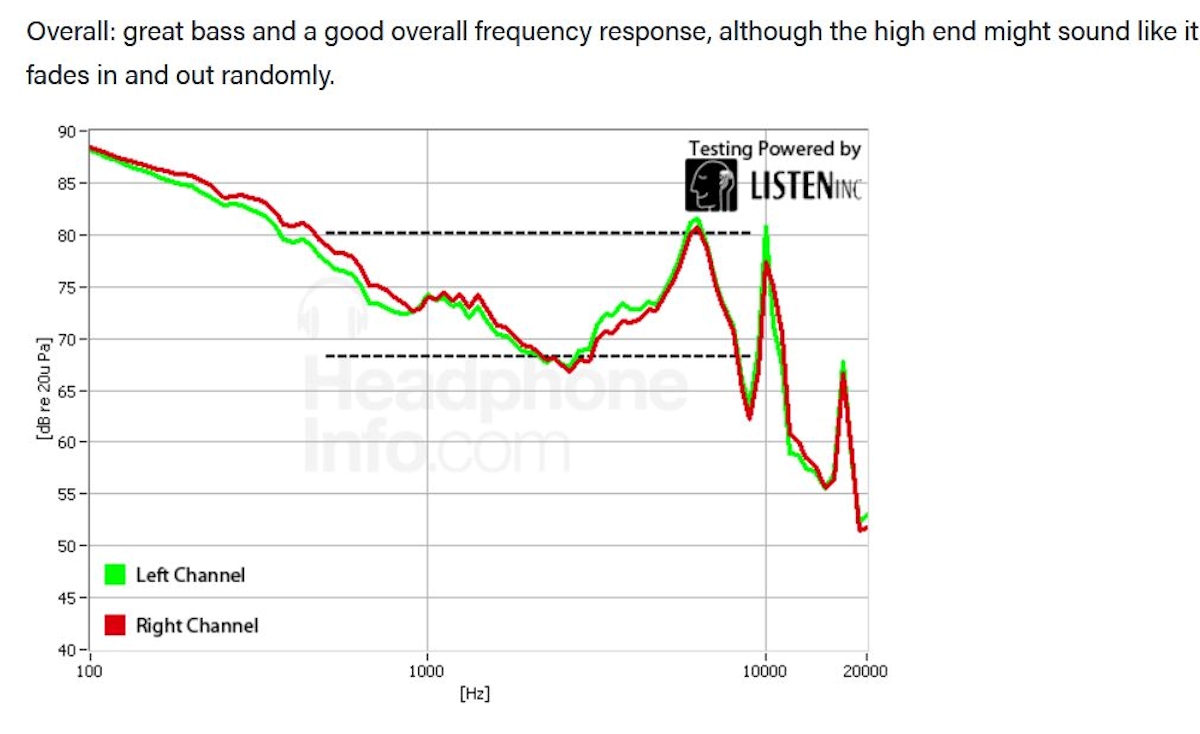
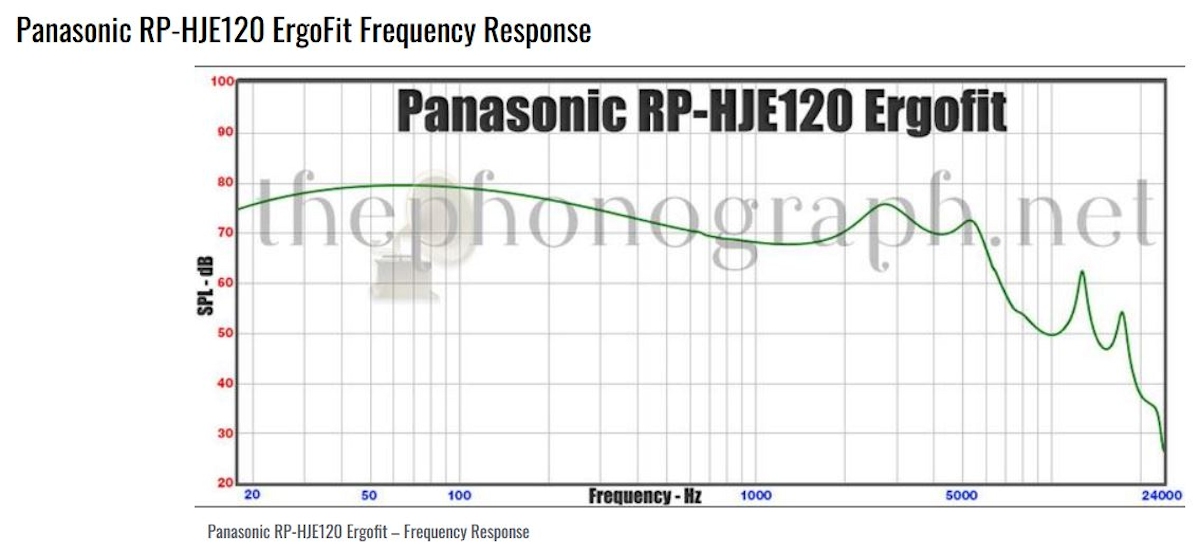
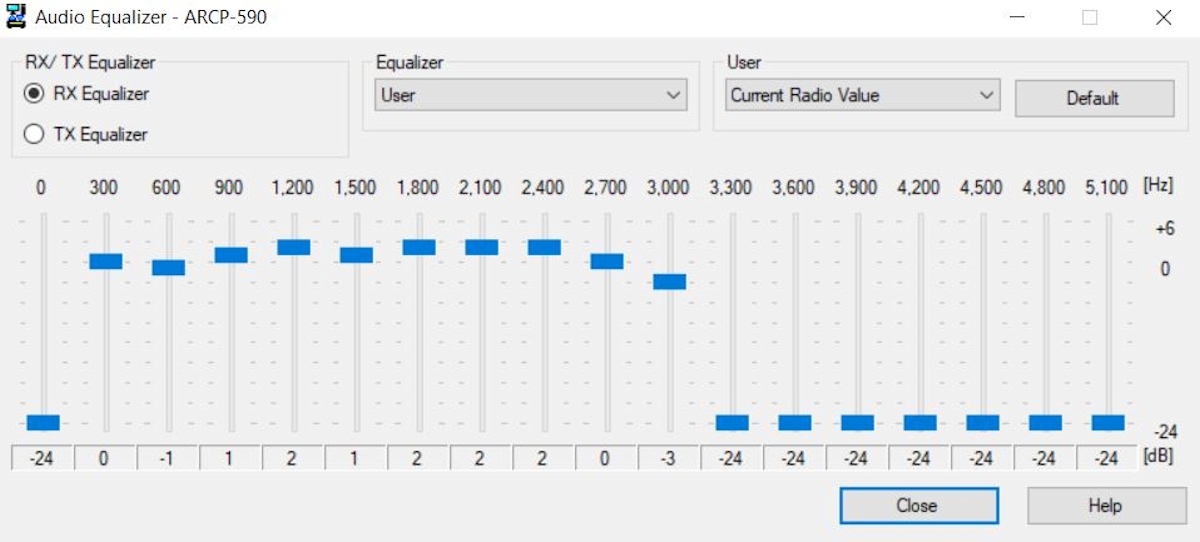
An interesting post.
On the subject of Bluetooth headphones etc; I’ve tried a couple of Bluetooth transmitters to connect my radios to Bluetooth headphones. These worked fine for voice modes but not for CW. Latency become a real issue. It’s incredibly distracting to hear a delayed side-tone in your headphones while you’re keying, even if that delay is small.
I’m sure there are some setups that are better than others but I quickly reverted back to good old-fashioned cables.
Cheers,
Ronan
MM0IVR
Tom,
Radio New Zealand Pacific can be heard in North America, although it is not its primary target. https://www.rnz.co.nz/international/listen They transmit some DRM, but have just let a contract for another high powered DRM capable transmitter. When it comes on line this may boost the hours of DRM broadcasting.
I use a $11 Moondrop Quarks. A very nice new generation in-ear model. I have some of their high-end products for a while now, but they are no good for radio, but made for audiophiles 😉
I just bought Sony MDR-7506 over-the-ear headphones after cheaping out for years on headphones and earbuds. What a difference. Using these in combination with a graphics equalizer has opened up a new world of DXing for me I never knew existed. I’m hearing things I’ve never heard before.
Nice video on ECSS by the way!
On the affordable side of headphones, I can recommend the popular sub-$20 Monoprice 8323 if one is careful not to abuse them as the plastic headband extensions tend to break in my experience. The cracks can be glued or plastic welded, but that gets annoying to me. Sound quality is decent for the price IMO, along with numerous reviewers ratings. Aftermarket earpads can improve comfort, plus I generally suggest a shielded audio cable for headphones with detachable cables.
I am listening to pirate shortwave station with Stage Right by Monoprice Reference Headphones right now. They have a much flatter response, somewhat better efficiency, and marginally better build quality, but it appears they are no longer available. Suppose I will need to look further if/when replacing these.
Thanks about the ECSS video. I literally stumbled on it. Sometimes a good video gets overlooked because the person posting it does not make a living posting thousands of videos for a living.
One SAFETY thing I need to mention about his method. I notice that when I crank the volume all the way up while also turning down the RF Gain, it causes a huge increase in dynamic range of audio amplitude. If something/someone suddenly broadcasts, it literally blows my ears off. It is much better in such situations to moderate the turning down of the RF Gain to just above the background noise level, as seen on the S-meter. In most of my situations, that is around “2:00 O’clock” on the RF Gain dial, de to my constant noise level here.
Regarding landline telephones, there is a frequency response curve known as the C-Message weighting. See https://en.wikipedia.org/wiki/File:CCITT_0.41_and_C-Message_weighting_curve.svg
It is not commonly used in radio because we often use the SSB passband for other things including various digital modulation methods. Instead, most AM broadcasters use pre-emphasis to push clearer audio through the radio’s IF stages. It would be a good idea, except that most AM receivers these days chop off all audio above 4.5 kHz. This is one reason why older AM receivers sound can sound so good. The IF passband rolls off gently.
As for headphones, I’m not a big fan of earbuds. I prefer over the ear headphones because they produce better bass response and because a good pair sounds a lot cleaner than most earbuds. I’m sure the Sennheiser earbuds sound good, but I’ll haul my big bulky headset with me anyway.
Unfortunately, my nice Beyerdynamic DT990 Pro headphones hurt my head after about an hour. The sound quality and clarity are great though! I have even used them for Ham radio at times. However, I do notice at such times that noise and fading distortion are accentuated with high quality stereo headphones, which can get fatiguing. On the other hand, cheap earbuds can be driven to distortion easier, so the EQ helps and keeping the volume moderate.
Panasonic ErgoFits have been my “go to” for affordable earphones for quite awhile now. The sound quality for $10 is hard to beat IMO. They also seem to hold up to use and minor abuse much better than many other affordable earphones I have tried over the years.
That said, I also like my Etymotic ER3SE balanced armature IEMs for voice comms and similar due to their flat (as referenced to the human ear) frequency response. About $80 shipped at Amazon at the moment.
https://www.etymotic.com/flat-response-earphones/
https://www.amazon.com/Etymotic-Research-ER3SE-Edition-Earphone/dp/B07665KVD1
I use foam tips. Partly for noise isolation, and partly because the Etymotic silicon ones irritate my ears.
So far, the supplied tips with the ErgoFits are very comfortable. One day, I will try out a bunch of different earbuds at a local store. So far, for music, the old Sennheiser pair are still working well.
To clarify I use the stock tips on the ErgoFits. Despite being a rubbery material, they do not bother my ears and actually feel okay for casual listening sessions.
Silicon tips despite supposedly being inert material can irritate my ear canals. I have tried cleaning the tips, carefully cleaning my ears, etc. Nothing much helps, thus why I swapped to foam tips for the ER3SE IEMs.
The Etymotic ER3SE are on sale at Adorama now for $49. This is a fantastic deal:
https://www.adorama.com/etyer3se.html?sdtid=16071097&emailprice=t&sterm=zuJxpuyjuxyNWz-3FVWSXQYFUkAxhIXpRUcl3E0&utm_source=rflaid62905&utm_medium=affiliate
Excellent deal, thanks!
Good article.
Sometimes you need earbuds with a high “dB/Millivolt” which is a kind of high electrical to audio efficiency.
Newer production Sangean PR-D5 and PR-D15 radios in particular need this on the weakest MW signals.
The original older PR-D5
(identified from newer D5’s on eBay by
the black colored dot “min” and dot “MAX” below the Volume Control knob)
has a significantly higher amplification capability for “in the mud” weak signals.
Headphone wise I like the QZ99 Koss headphones which are a cross between 27 dB hearing protection ear muffs, and headphones, with bonus features of on board volume control and mono/stereo switch.
I believe most earbuds are rated between 18 – 32 ohms, so should be easy to drive to necessary loudness by any portable radio.
I use Bluetooth -enabled earphones because it makes running out to the balcony to turn the YouLoop for best reception so easy!
Tom,
You haven’t mentioned tuning in to Digital Radio Mondiale. Even in the HF (SW) band you can have stereo sound which doesn’t wander around, a flat audio frequency response out to 15 kHz, no fading, noise or phasing distortion. Indian DRM on HF transmits two languages of speech in a 10 kHz wide channel.
Typical digital reception will be as it was presented to the transmitter or nothing. So provided there is enough power transmitted to keep you above the digital cliff it will be just like FM reception locally.
IF a reliable DRM could be offered in North America, then earbuds will become even more important in the future! 🙂 The pending, slow, and voluntary rollout of HD Radio on Mediumwave in the U.S. is also a factor.
Tom,
Radio New Zealand Pacific can be heard in North America, although it is not its primary target. https://www.rnz.co.nz/international/listen They transmit some DRM, but have just let a contract for another high powered DRM capable transmitter. When it comes on line this may boost the hours of DRM broadcasting.
Synchronous demodulation is the ideal way to listen to AM provided that the lock is not disturbed by 30 Hz music audio which the sideband signals is 30 Hz either side of the carrier.
SSB has no transmitted carrier, it has to be recreated using the BFO controlled by the listener. If it is not right the pitch of the audio changes by the frequency difference between the real carrier and the BFO frequency.
The main disadvantage of listening in SSB is that the AM carrier indicates the strength of the received signal, without being affected by loud or soft sound programming. So a weak signal will be soft. The SSB receiver uses the average signal level which in an SSB signal is all audio levels. So a weak SSB signal will also be soft, whether it occurs at the microphone or after radiation.
I suppose the only saviour is that most AM stations use sound processing prior to modulation, thus making all sound as loud as possible to combat noise.
Interesting technical details. I learn so much from your knowledgeable comments!
Quite an interesting review, Tom, many thanks!!
Listening to AM stations with an SSB setting is often a good idea, most importantly if one sideband is interferred by another transmitter on the side.
Most of our receivers use digital VFOs. If you can calibrate the basic crystal oscillator, AM reception in SSB mode is very easy: There is hardly any offset between the carrier frequency and the BFO frequency.
Additionally some radios have “synchronous demodulation” where the BFO is synchronized to the AM carrier. This bridges selective fading of the carrier and also works in SSB mode.
The downside is that an AM station does not fade in as you turn the frequency knob: Outside the catching range of a few 100 Hz you only hear heavily distorted noise – just as if you receive an SSB station and your BFO is off-frequency. So while hunting for stations use normal AM mode and switch to synchronized demodulation when you like the program.
I find it very hard to dial-in SSB on any of the DSP portable radios. One can try to use SSB on WWV or CHU time stations and see how much offset is needed to get it right.
Any DSP implementation of Sync sounds awful to my ears. I generally will switch to an older, non-DSP radio that does Sync properly which sounds great. Thanks for your thoughts.
Most telephone audio is from 300 Hz to 3.2 – 3.6 kHz. https://www.dpamicrophones.com/mic-university/facts-about-speech-intelligibility shows which frequencies need to have the same gain as the lower frequencies. Their advice about microphones are good for those who also transmit.
Thanks much for this link, I just downloaded it. I still have to tweak my TX EQ on the Kenwood. A contact I made with someone in Nevada played back a recording of my voice. It was good sounding but perhaps could be better for punching through the noise.